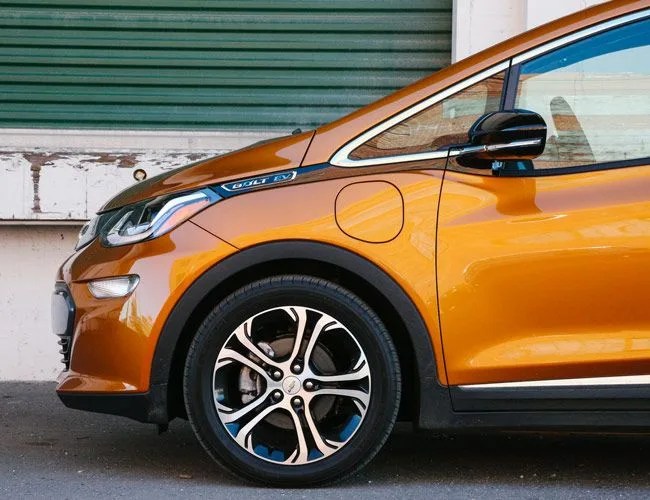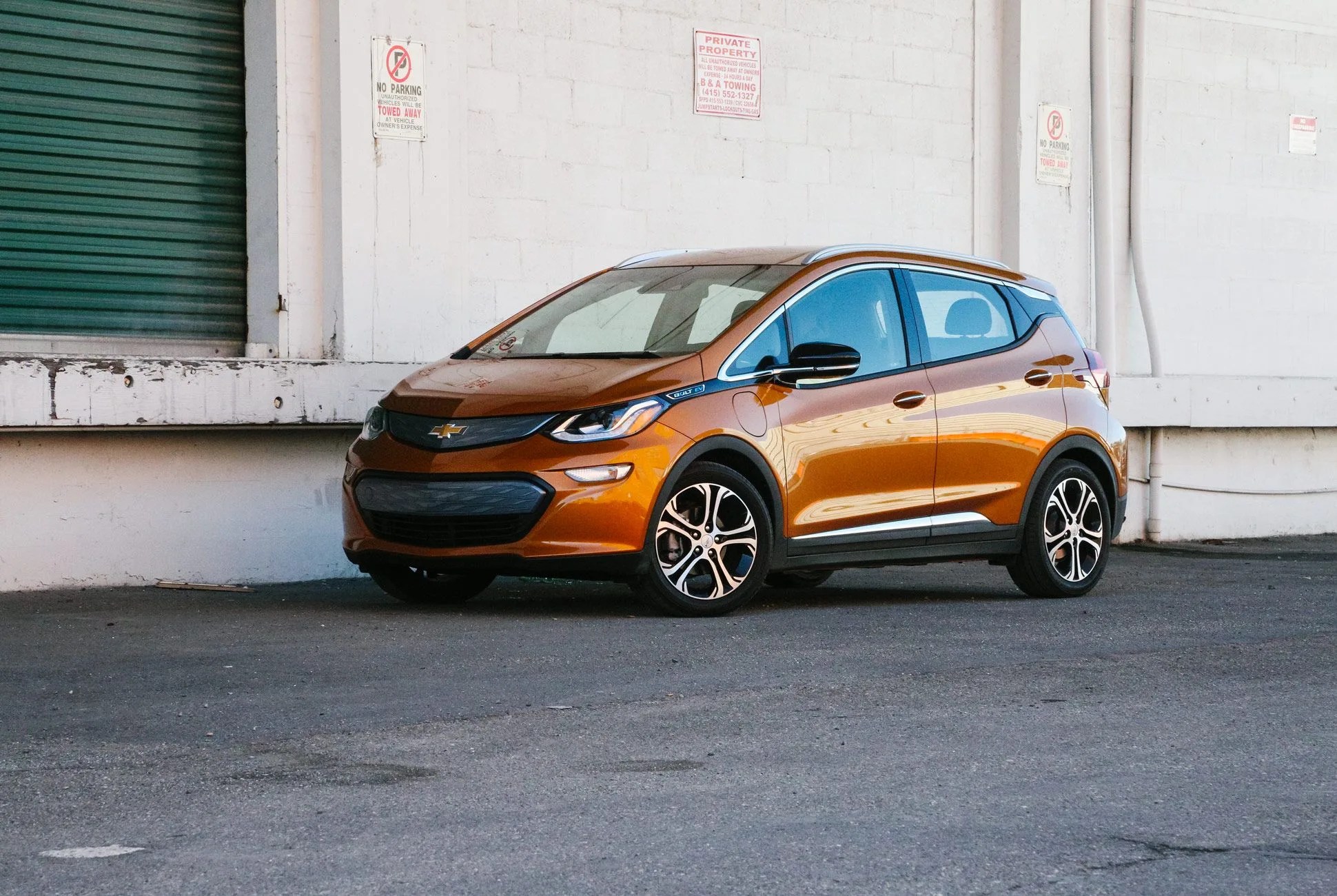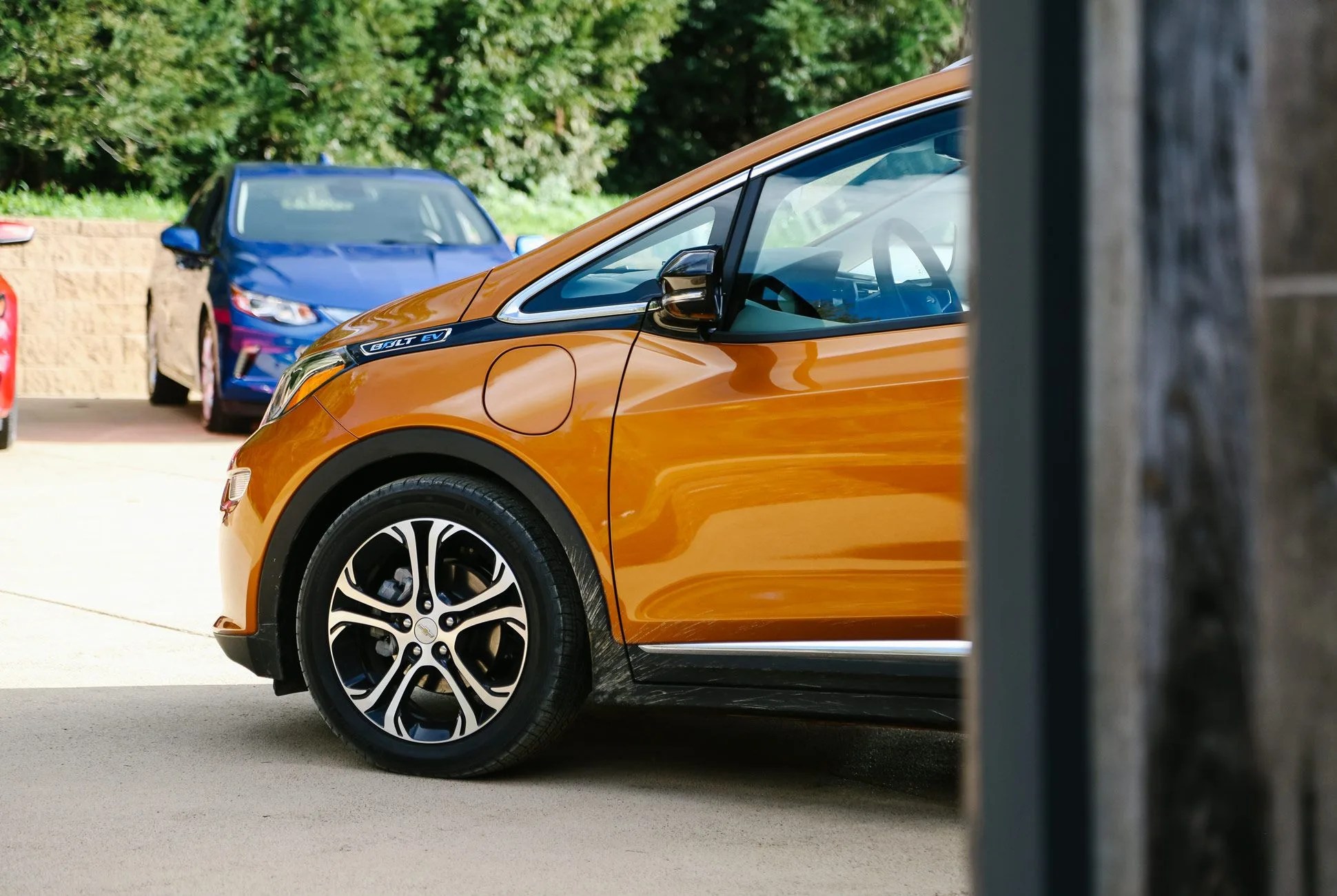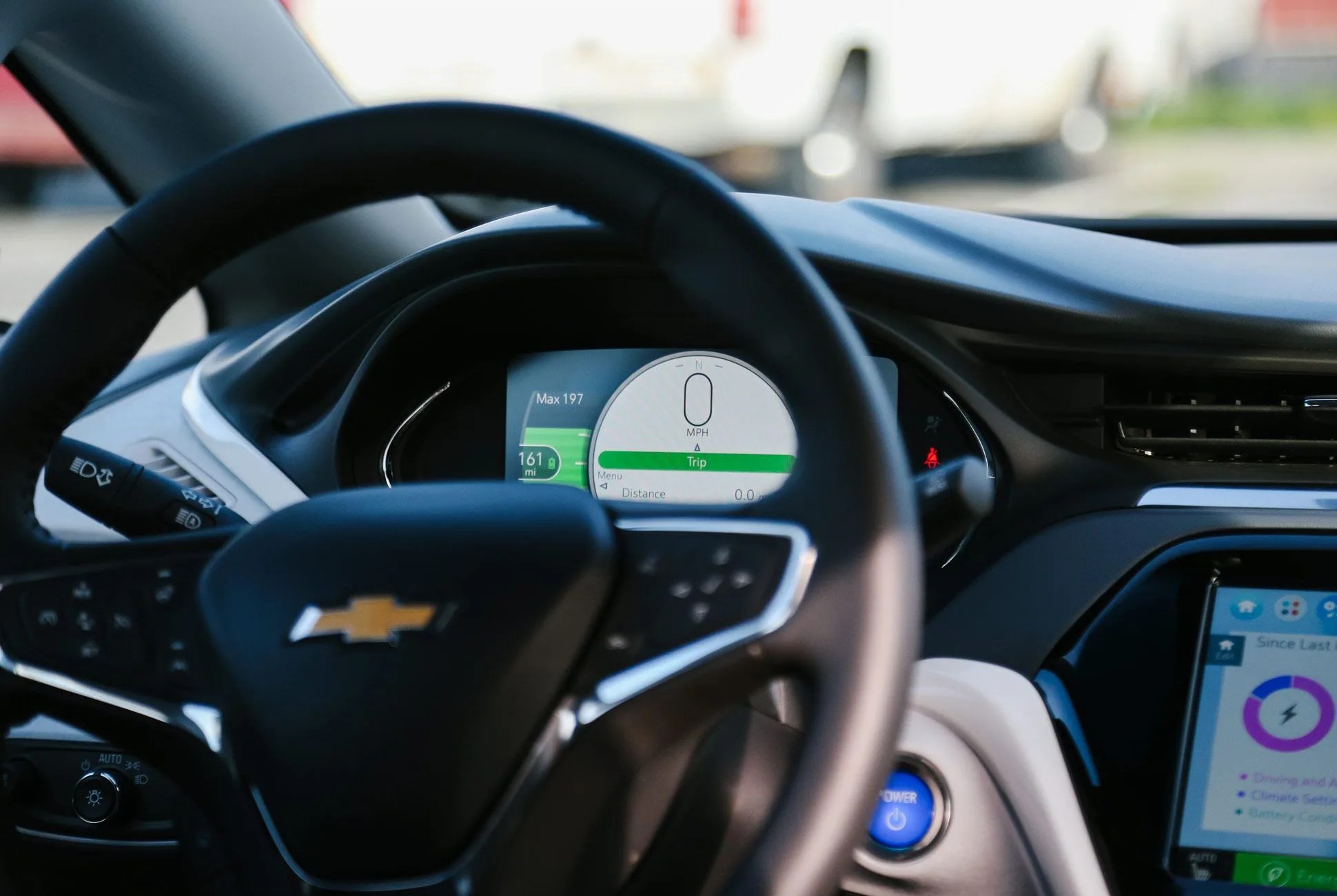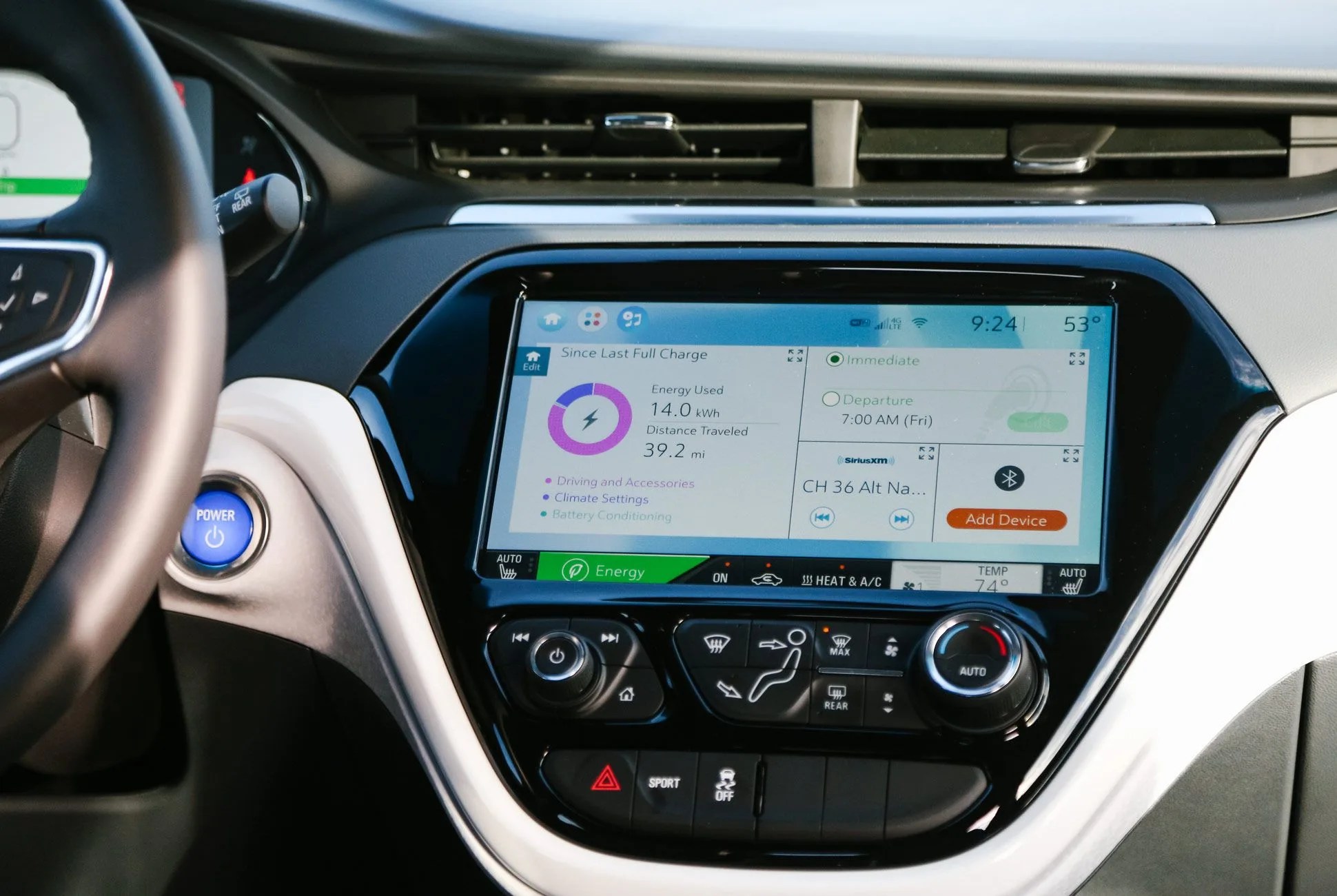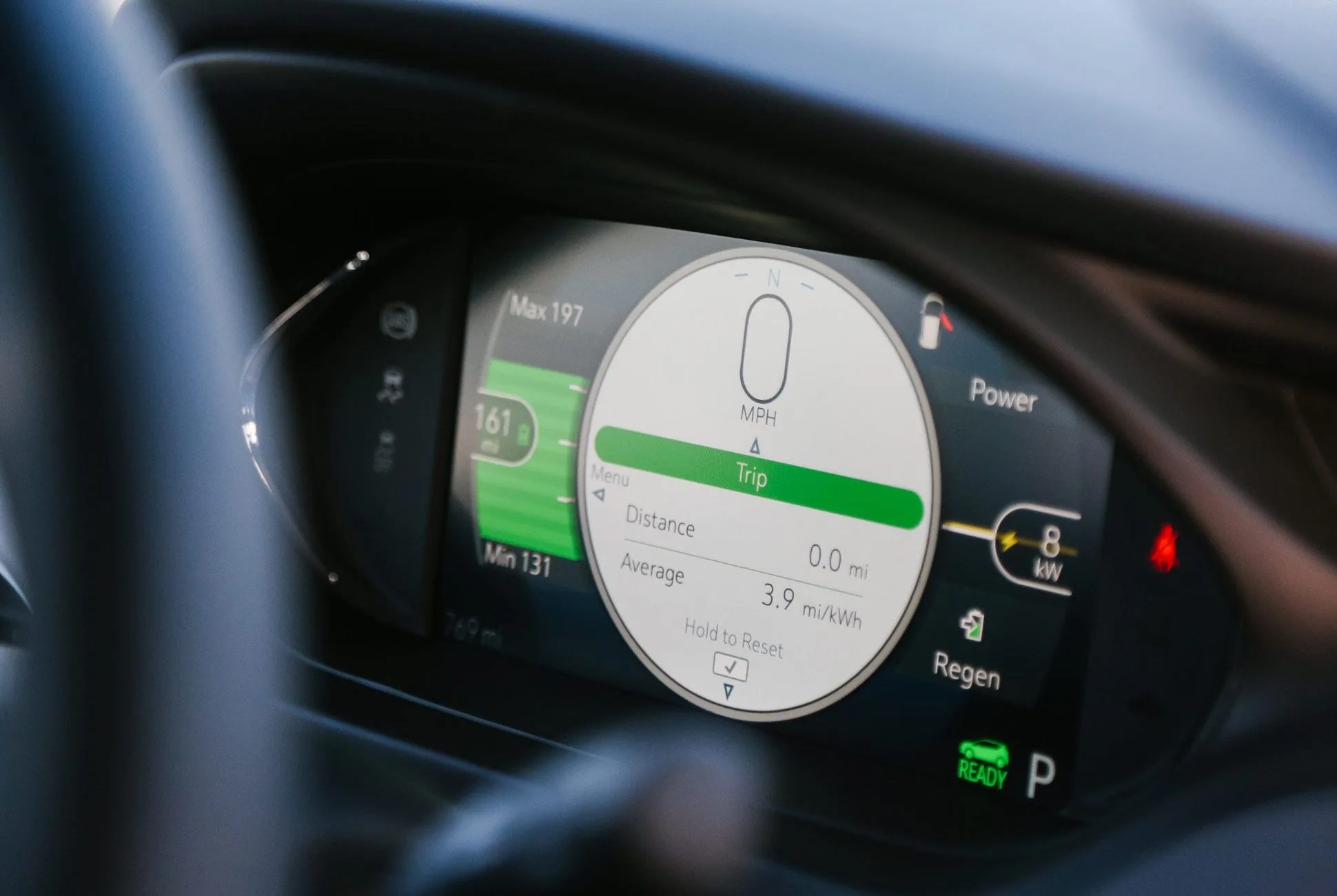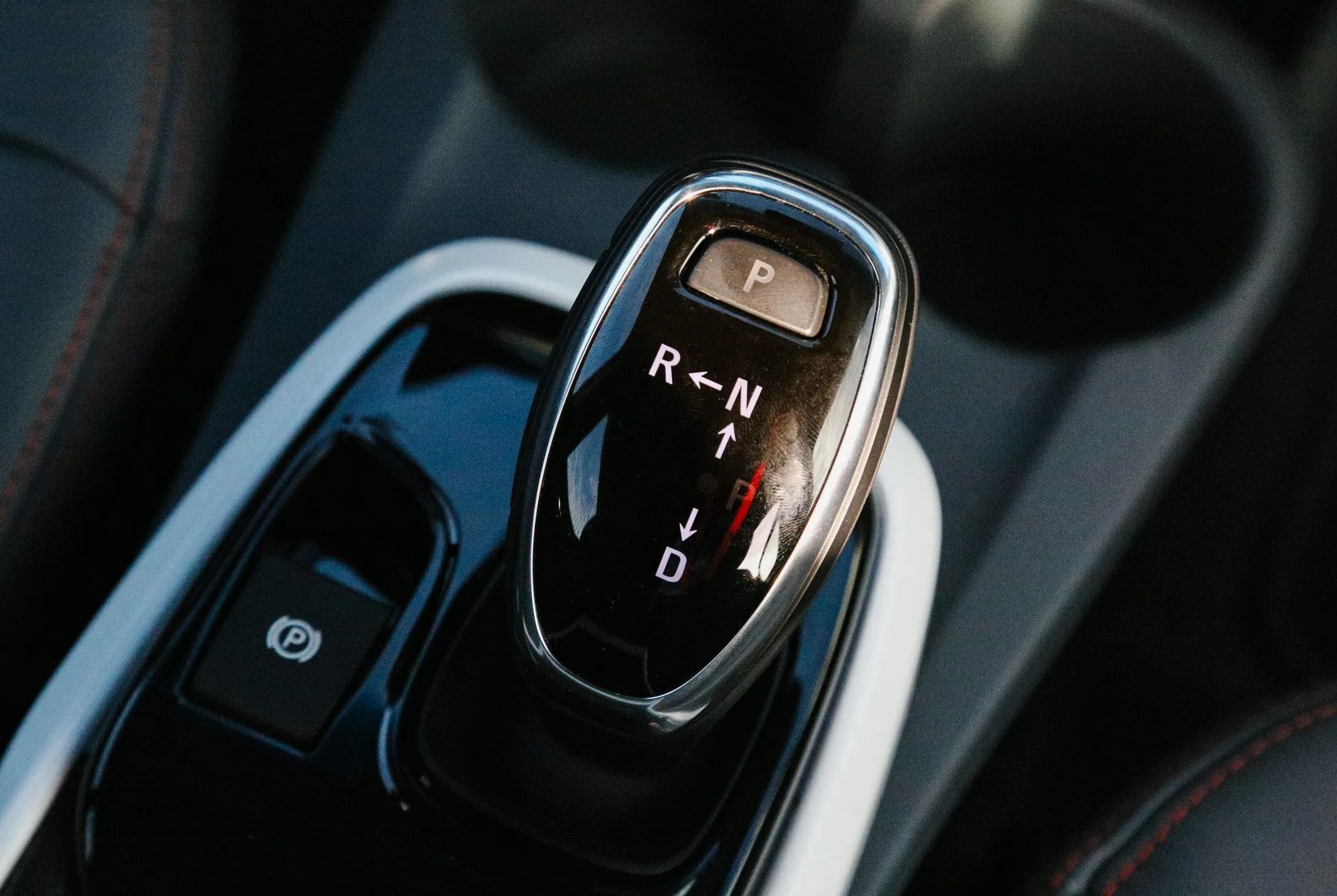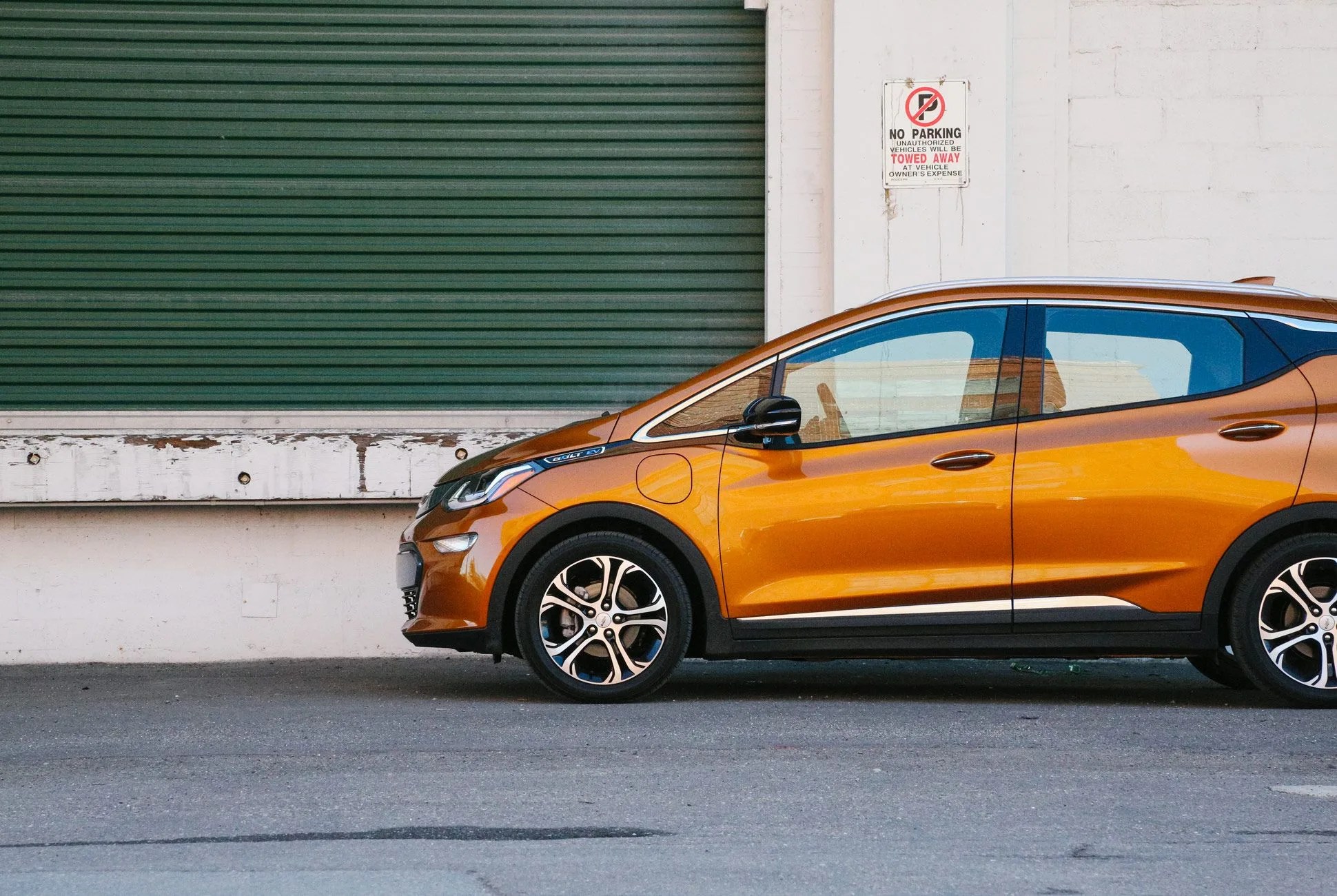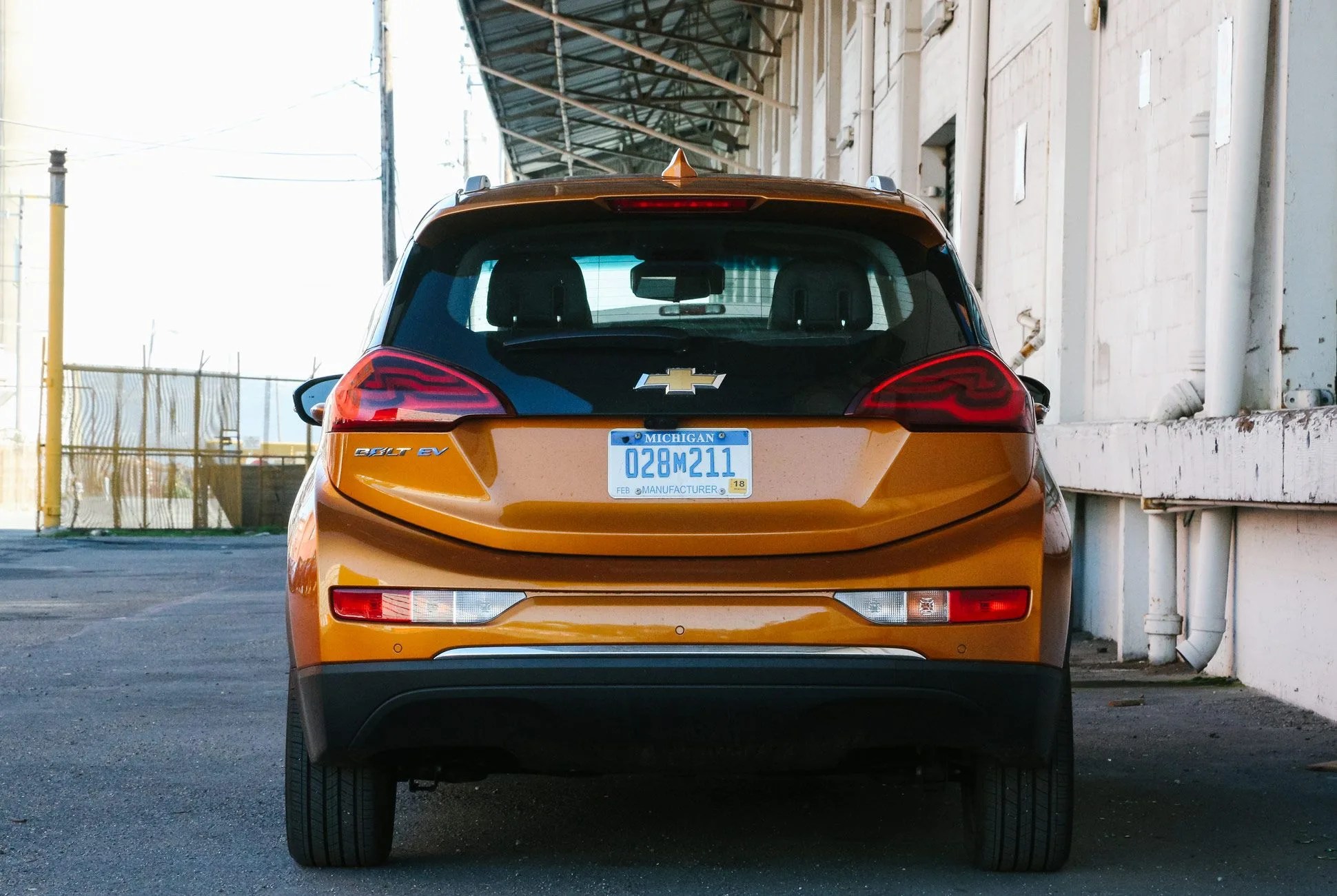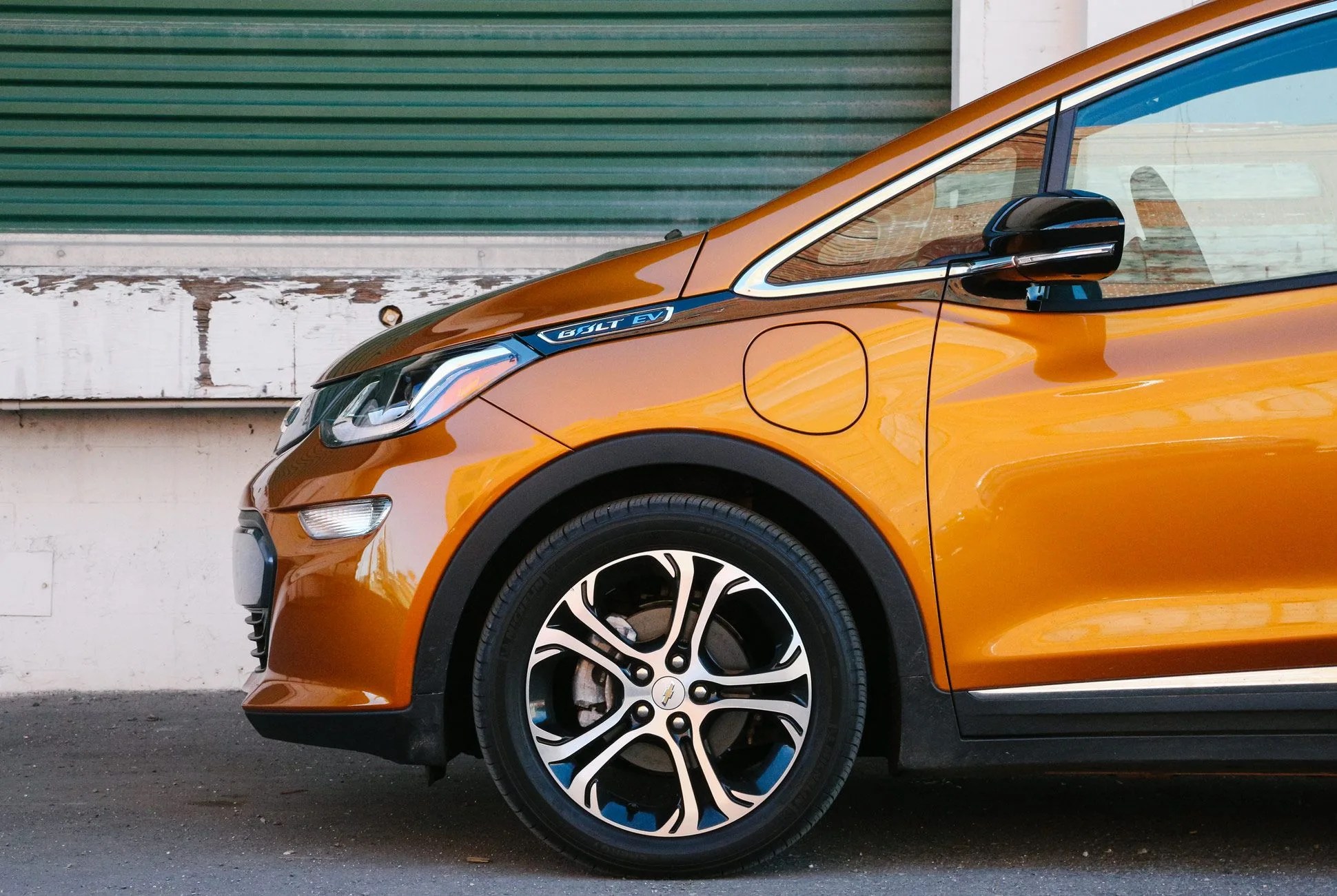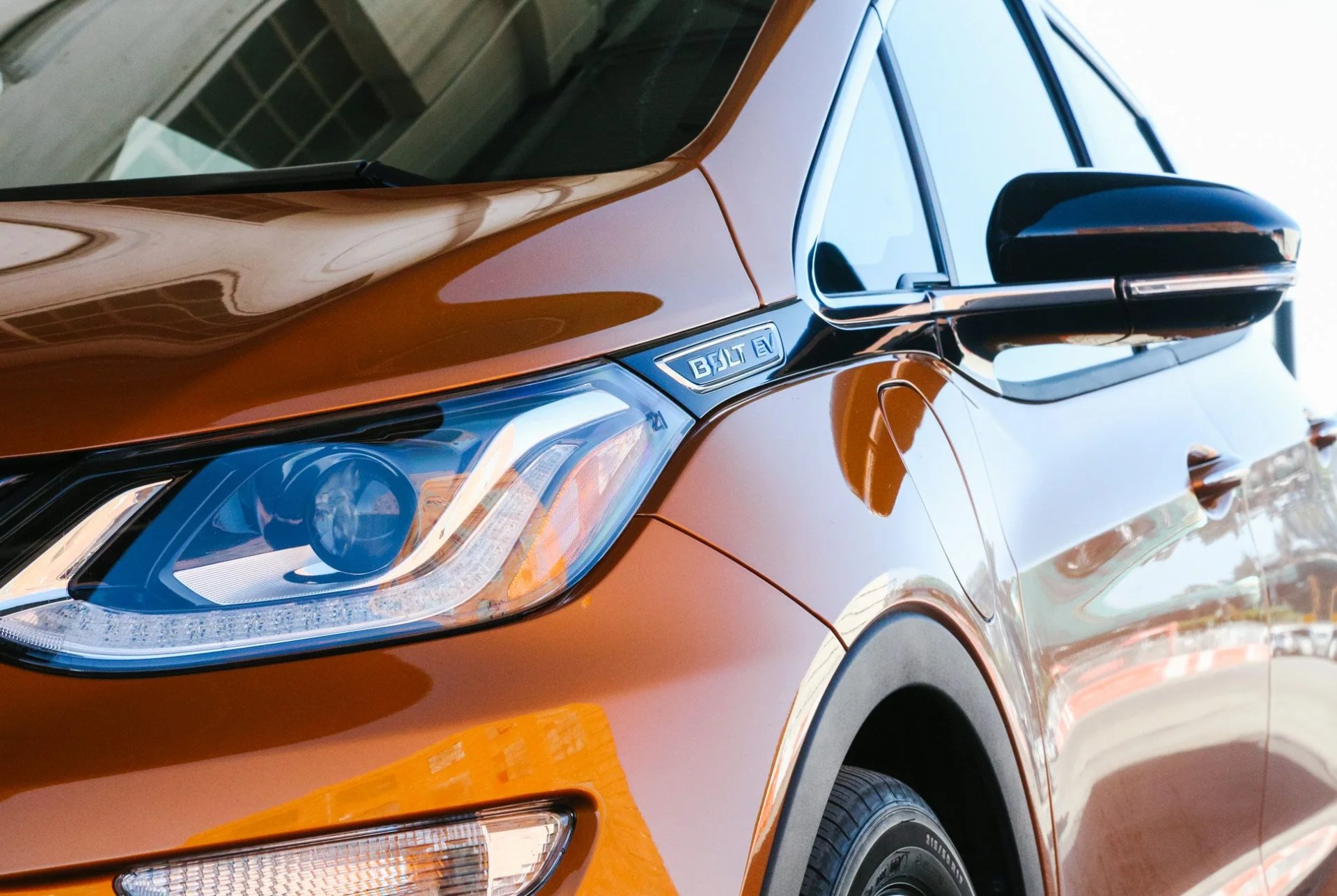10 photos
On July 24, 2003, a procession of General Motors EV1s followed a white hearse circling the Hollywood Forever Cemetery in Los Angeles to the sound of bagpipes. This symbolic gesture protested the looming fate of the 1,100-odd EV1 electric vehicles produced following the end of their leases: death by crushing. Owners were understandably upset. “The EV1 is more than a car, it’s a path to national salvation,” wrote one owner to GM’s then-CEO Rick Wagoner.
Critics argued GM killed the car because it threatened the livelihood of both the auto and oil industries. GM argued the EV1 simply wasn’t viable. Lease rates were based on a starting price of $33,995 (about $52,000 today) but each cost $250,000 to make. Range was poor — around 70 to 100 miles. The strange-looking two-seater only worked for California nerds with cash, like Ed Begley Jr., Tom Hanks and, uh, Danny DeVito.
Chevy Bolt Specs
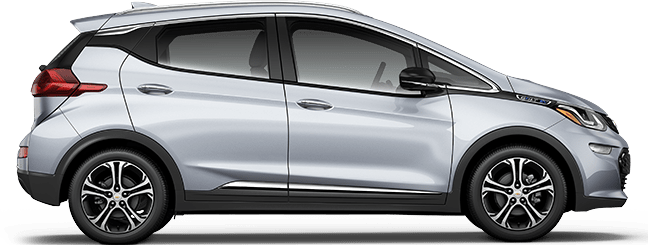
Horsepower: 200hp
Torque: 266 lb-ft
Range: 238 miles
Battery Pack: 60 kWh
0-60mph: 6.5 seconds
MSRP: $37,495+ (w/o tax credit)
Perhaps it’s ironic, then, that 20-some years since the EV1 debuted, the Chevy Bolt is poised to lead the EV revolution. In the interim, Tesla did a fine job of popularizing the concept, but only as a luxury car for techies with cash to spend. And while Tesla promises to someday grace us with the $35,000 Model 3, it’s Chevy that has an electric car that you, an everyday consumer, can actually buy right now. Welcome to the future.
